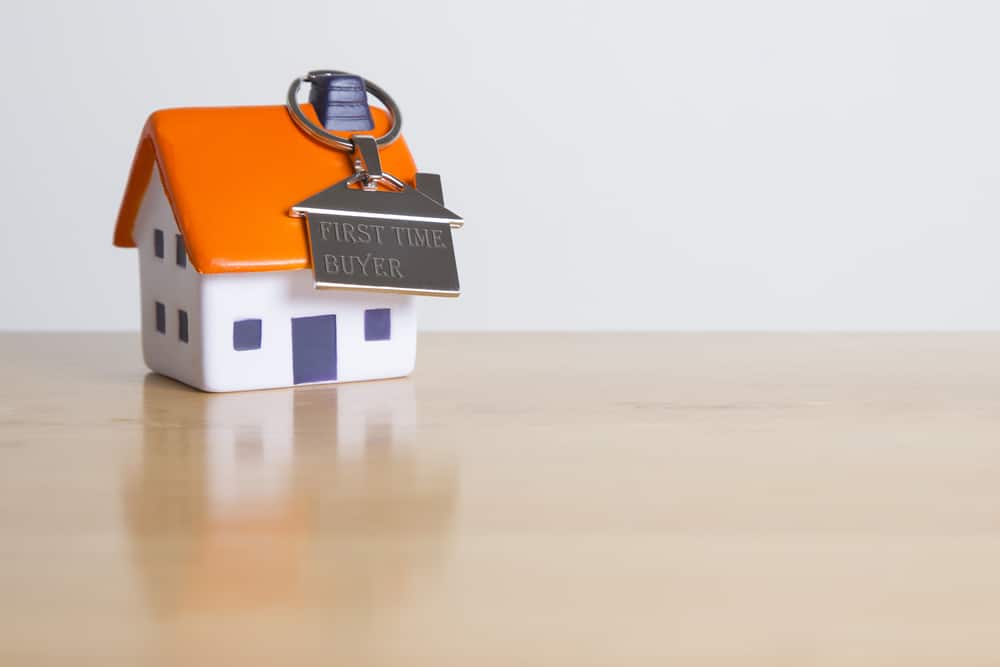
Comparing the second half of 2020 to the same six month period in 2019, FTB transactions were down by just 2%.
In comparison, transactions levels dropped 26% when looking at the first half of 2019 and 2020.
Furthermore, the average price paid by a FTB has risen by 10%, from £233,118 in 2019 to £256,057 in 2020.
London saw the biggest monetary increase in the average price paid by FTBs over the last 12 months, up by £33,486, 7%, from £455,611 to £489,098.
The greatest percentage growth came in the West Midlands, up 11%, from £185,682 to £205,246.
The smallest increase came in Scotland, up by just over 1% from £153,278 to £155,411.
Despite encouraging transaction levels, the number of first-time buyers dropped by 13% in 2020 according to the data.
This decline equated to 46,000 fewer FTBs, a drop from 351,260 in 2019, to 304,657 in 2020.
Northern Ireland (-23%), Wales (-23%) and Scotland (-21%) saw the largest drops in the quantity of FTBs in 2020.
London’s FTB figure fell by the smallest percentage of any region, down by just 6% year-on-year.
The average deposit paid by a FTB in 2020 was £57,278, a 23% year-on-year increase.
London saw the greatest increase in average deposits for FTBs, up 18% from £110,145 to £130,357.
Overall, the number of FTBs as a proportion of all homes purchased with a mortgage remained stable last year at 50%, a 1% decline on 2019.
Looking to affordability, Burnley in the North West remains the most affordable area for FTBs.
This is based on Halifax’s calculation of comparing average earnings to average house prices, which equated to a ratio of 3.1 for Burnley.
The least affordable area, based on Halifax’s analysis, was Islington and Brent, which both recorded a ratio of 11.9.
The average age of a first-time buyer in the UK is now 31, up by just one year on the age recorded in 2010.
Russell Galley, managing director at Halifax, said: “Whilst these figures confirm the almost inevitable fall in the overall number of first-time buyers in 2020 – with the entire housing market effectively shuttered during the first national lockdown – they also underline just how strong the bounce back was in the second half of the year.
“Despite the obvious challenges presented by soaring house prices, not least the need to raise an even bigger deposit, first-time buyers still accounted for half of all home purchases, a reassuring statistic given their overall importance to the market.
“However, with the economic impact of the pandemic likely to be felt most keenly by the young and those in lower-paid jobs, the need to prioritise improved housing availability and affordability for all those looking to make that first step onto the property ladder becomes ever greater.”



